2016 Toyota Prius' Styling Goes From Mild to Wild (27 Photos)


In a rooftop spectacle overlooking the Las Vegas strip, Toyota unveiled its redesigned fourth-generation Prius Tuesday night with all the music and special effects of an auto show. The elephant in the room was the 2016 Prius, if mainly for its, um, trunk.
Related: 2016 Toyota Prius: First Look
A horizontal spoiler-like sheet of body paneling sits a third of the way up the rear window, creating the illusion of a sedan’s trunk. The Prius is still very much a hatchback, mind you, and the body panel piece retains the car’s bisected rear window. But this looks like a sedan, and an odd one at that.
There’s a lot going on back there, and body style is only part of it. The taillights bear similar severity to Toyota’s new Mirai sedan, though they’re not as sunken. I’m not sure that’s a good thing: These double as rear-quarter edging, and they take the Prius’ vertical taillights — a defining feature for two generations of the car — to bizarre new levels.
Popularity has a way of tempering any left-field styling, as you eventually see it often enough that it becomes acceptable by sheer ubiquity. It’s all but inevitable that the fourth-gen Prius will soon show up at a Whole Foods near you. But for now, it’s still fresh, and that tail looks just plain weird.
Up front, the Prius is identifiable as a Toyota hybrid, though it gets a lot of the same pancaked features — pencil-thin grilles, piercing headlights — as Toyota’s own iM from the automaker’s entry-level Scion brand. The outer edges of the Prius’ bumper have attractive jewel-like light clusters; lesser models without them have dull plastic cutouts. Still, this is a more palatable angle to view the car.
Inside, the Prius keeps its predecessor’s center-oriented dashboard but loses the third generation’s sweeping, interconnected layout for a more modular look. A chunk of controls stack atop the dash’s middle; the digital gauges plop up top. In terms of sheer aesthetics, I prefer the old Prius, but this one is more functional, clearing out knee space thanks to a lower center tunnel that’s more akin to the second-gen car. Storage space is generous, with a deep center console and a big tray in front of the cupholders. Optionally, Toyota can finish the whole area in a white-colored porcelain-like treatment. One car had it and it’s a nice change from the frosted silver plastic in so many interiors.
Cabin materials are a step ahead of the old Prius, but I question why Toyota padded the dashboard while trimming the doors — an area you actually touch — with bargain-bin materials in cloth-equipped models. Several better-equipped Priuses on display addressed this to some extent, but it’s still at least four months before the car goes on sale. We’ll see how the production materials pan out.
Like the old Prius, the new car has enough front-seat adjustment range for taller drivers. The backseat has decent legroom and a low center floor hump, but tall adults will find headroom tight. I’m 6 feet tall and my noggin brushed the descending ceiling.
Sales for the nameplate are down 15.8 percent through the first six months of 2015, but if (when, really) gas prices rise again, hybrids will again have their day. How will the redesigned Prius fare? The controversial styling is a wild card, but if the car actually achieves its estimated 10 percent mileage bump while making a big leap in drivability, styling won’t amount to a hill of beans.
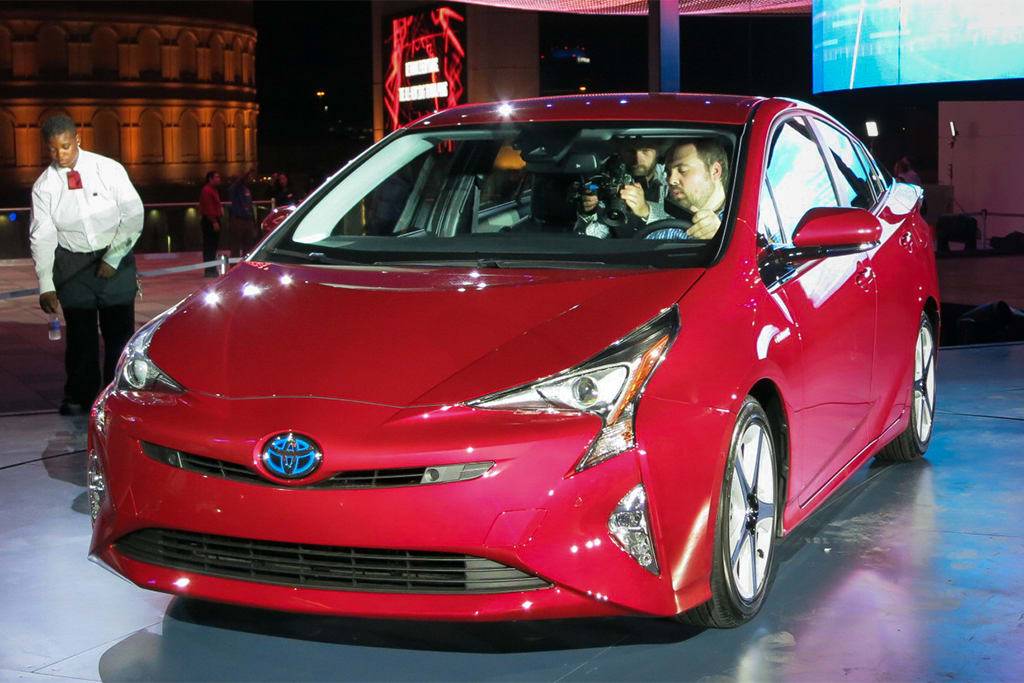
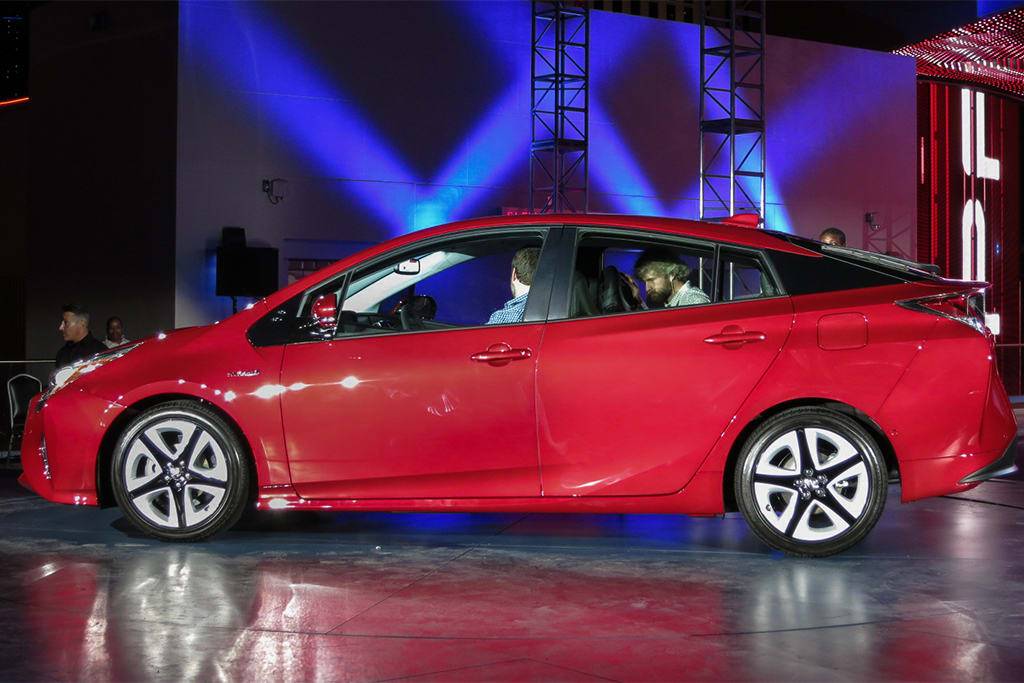
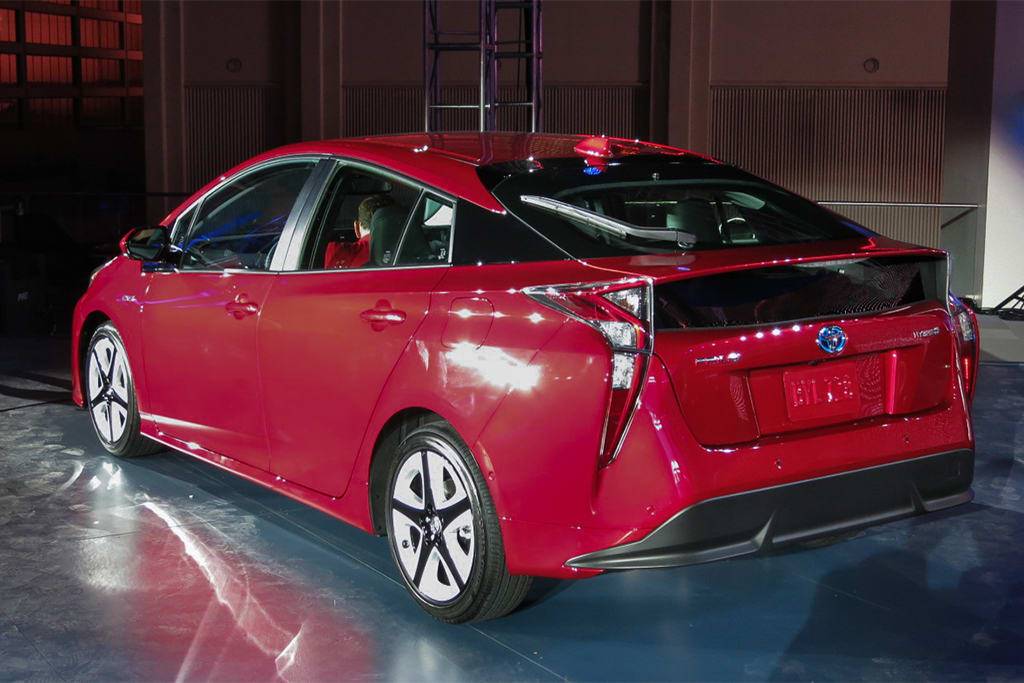

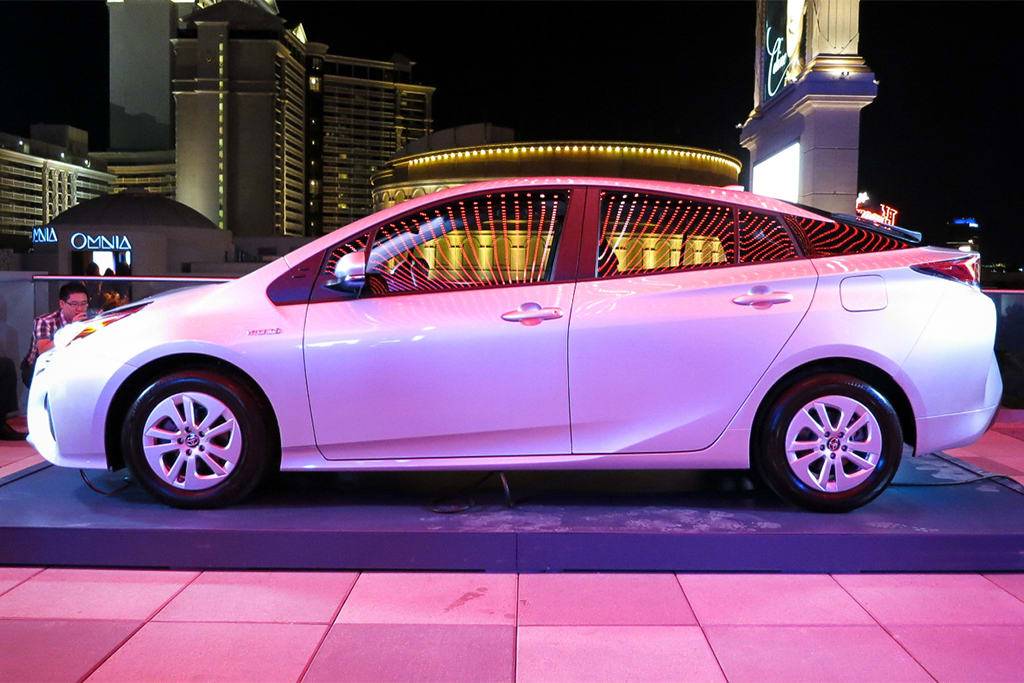
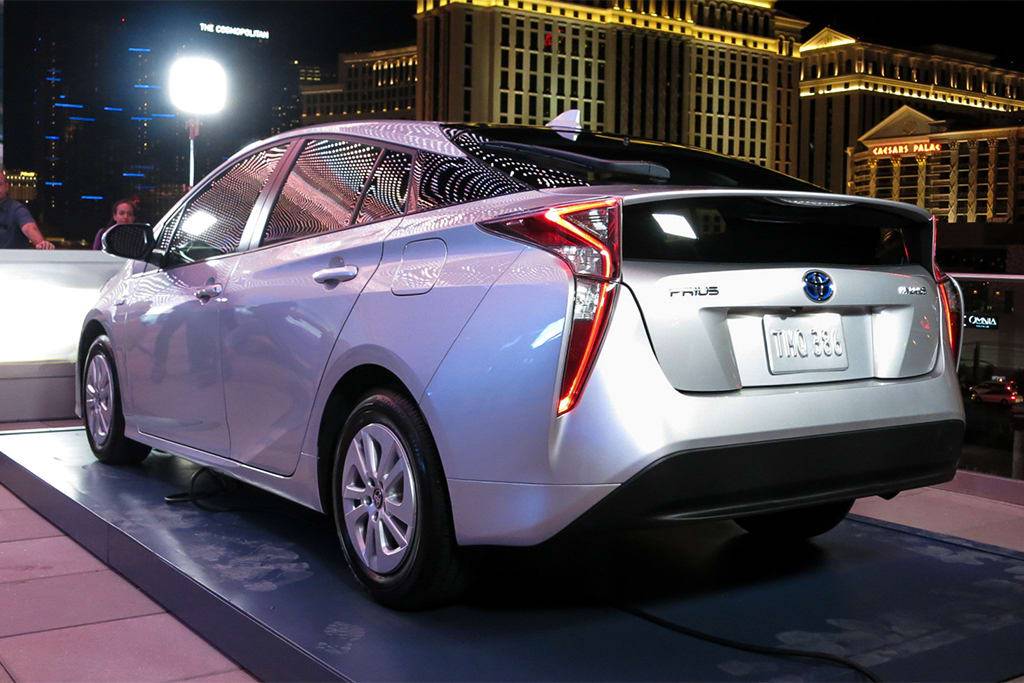

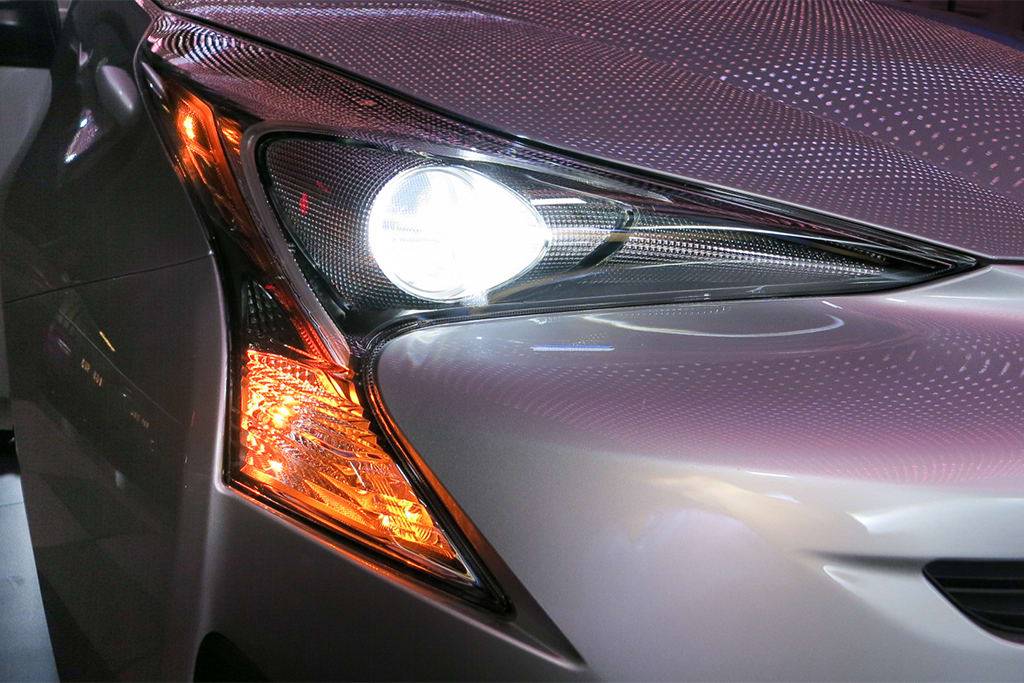

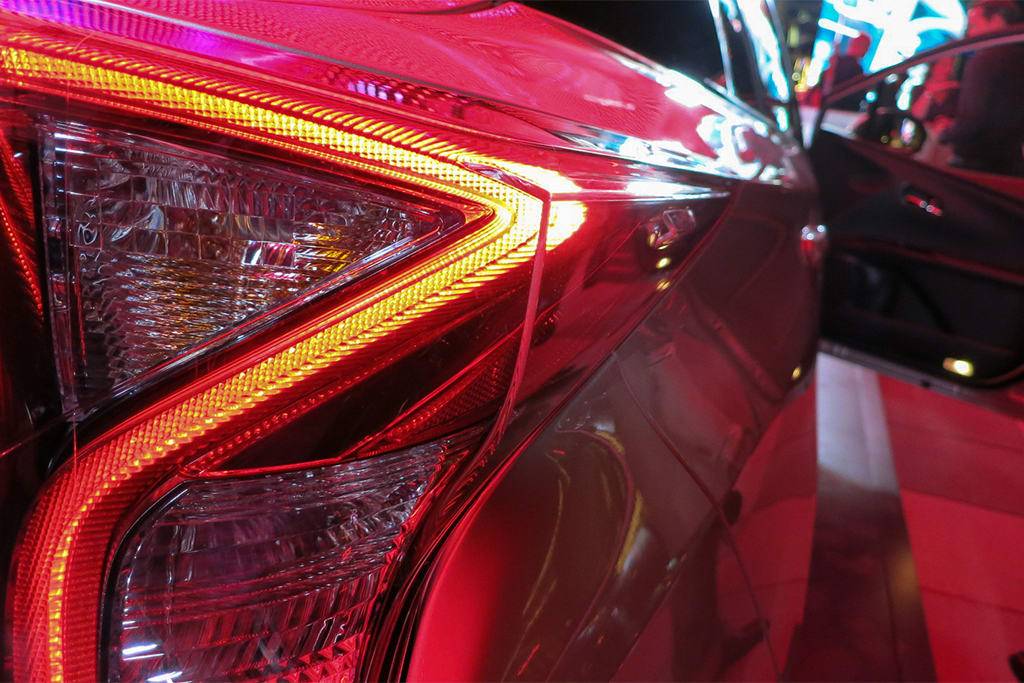

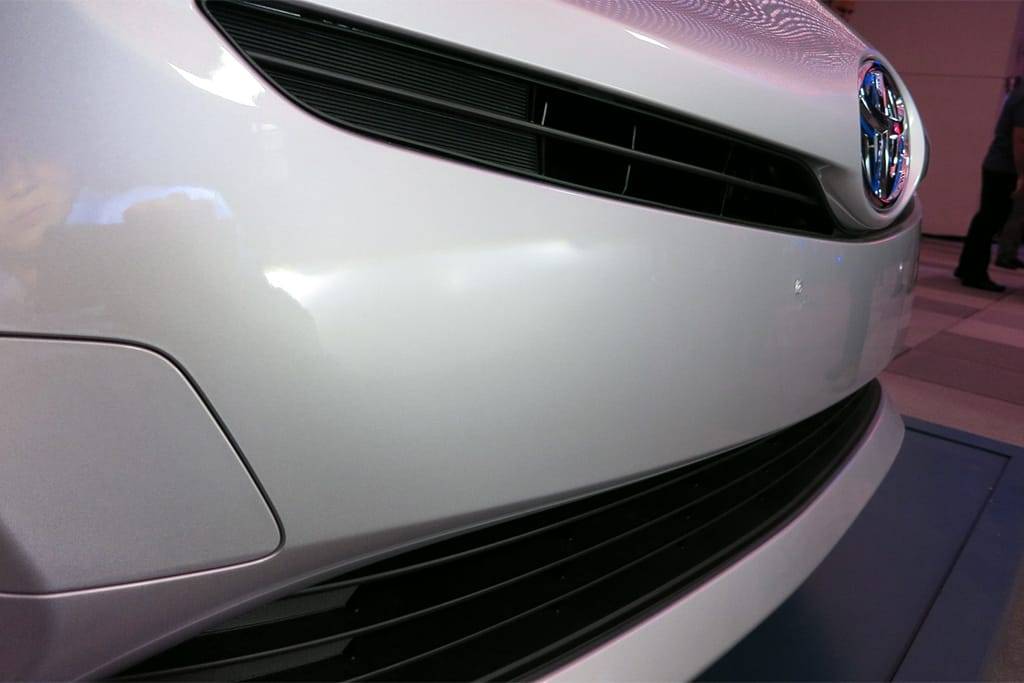
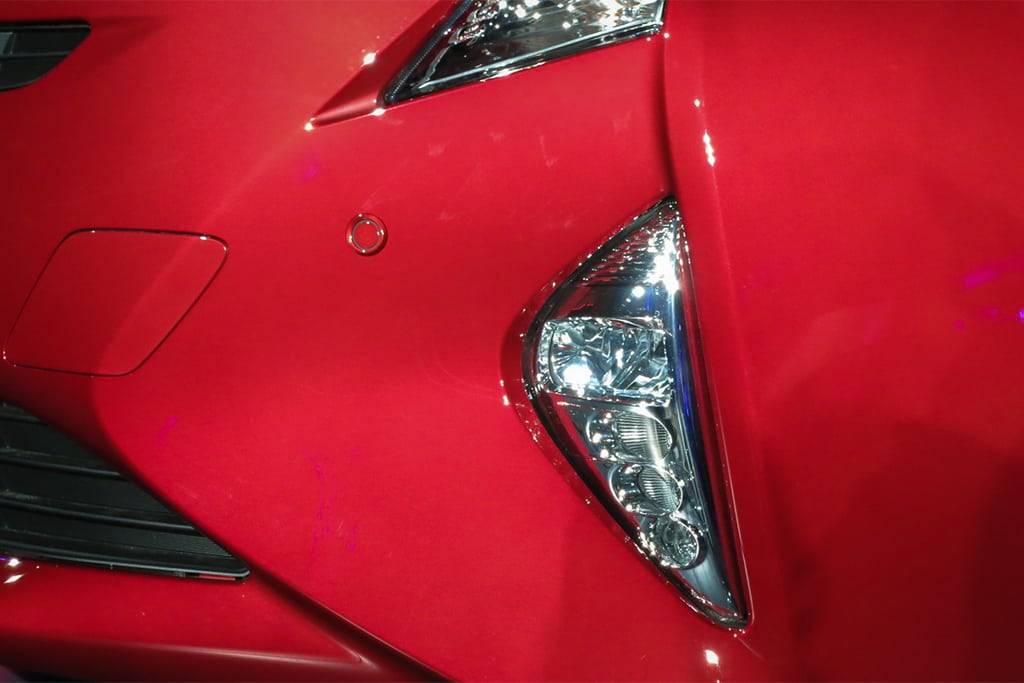
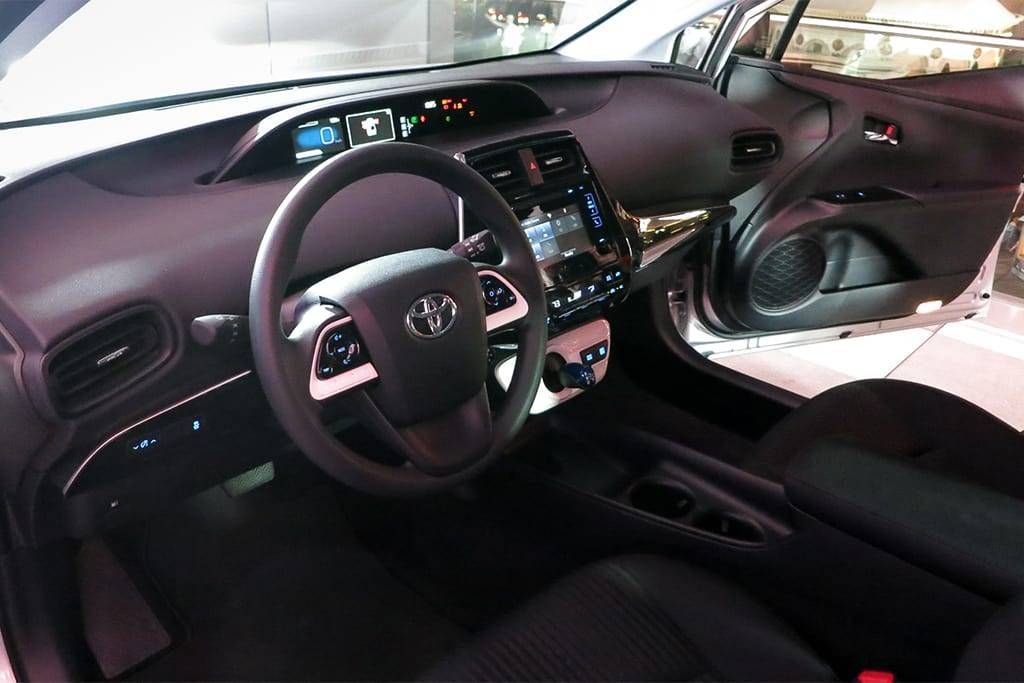

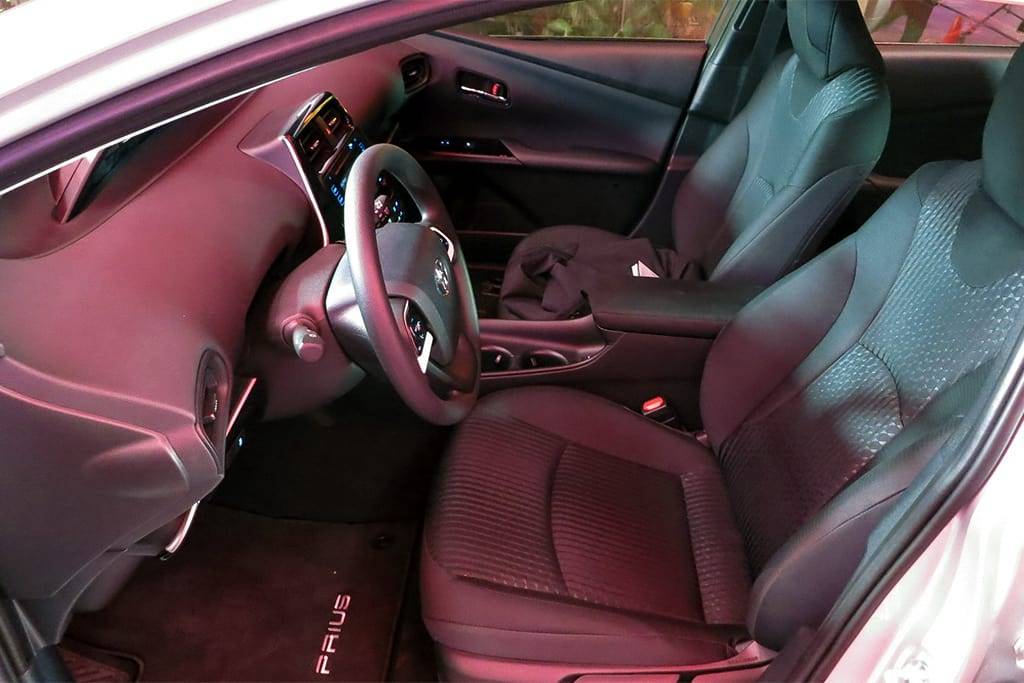
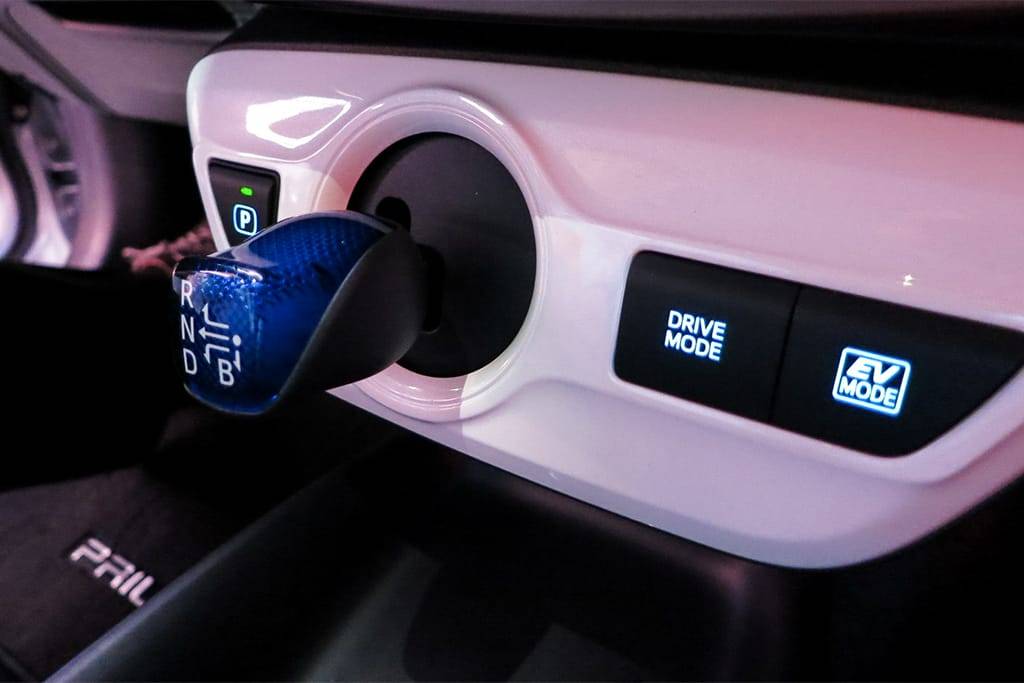
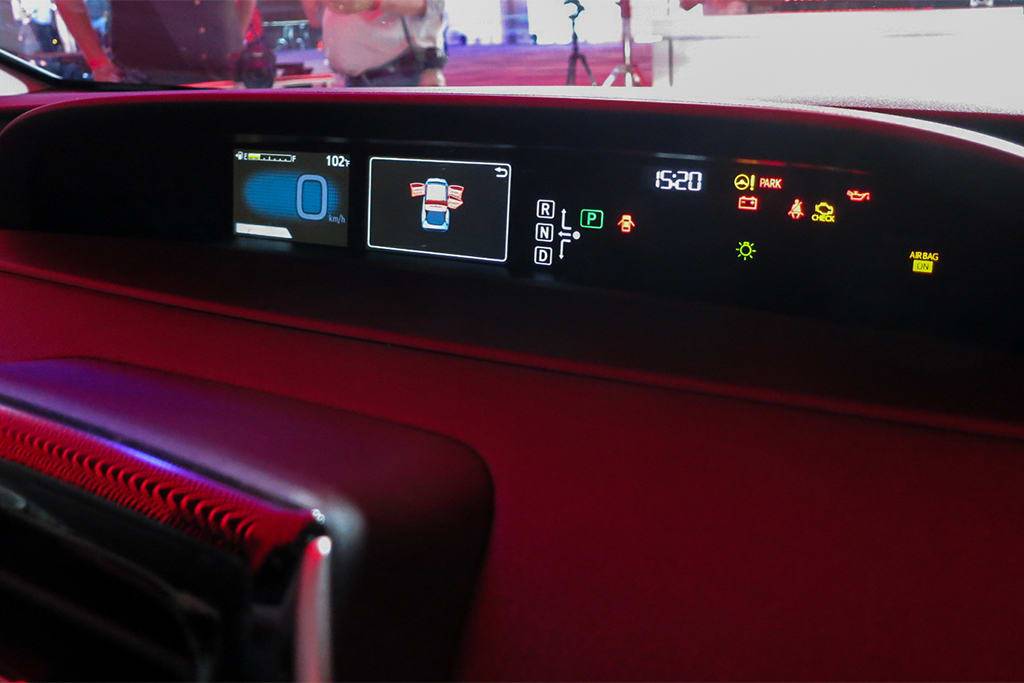
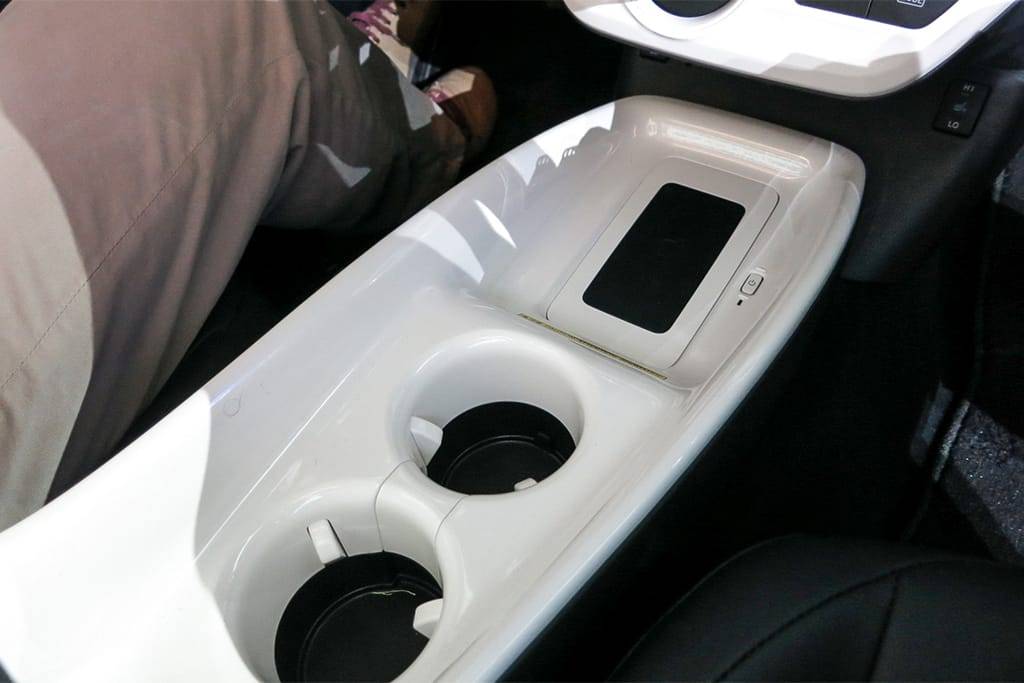
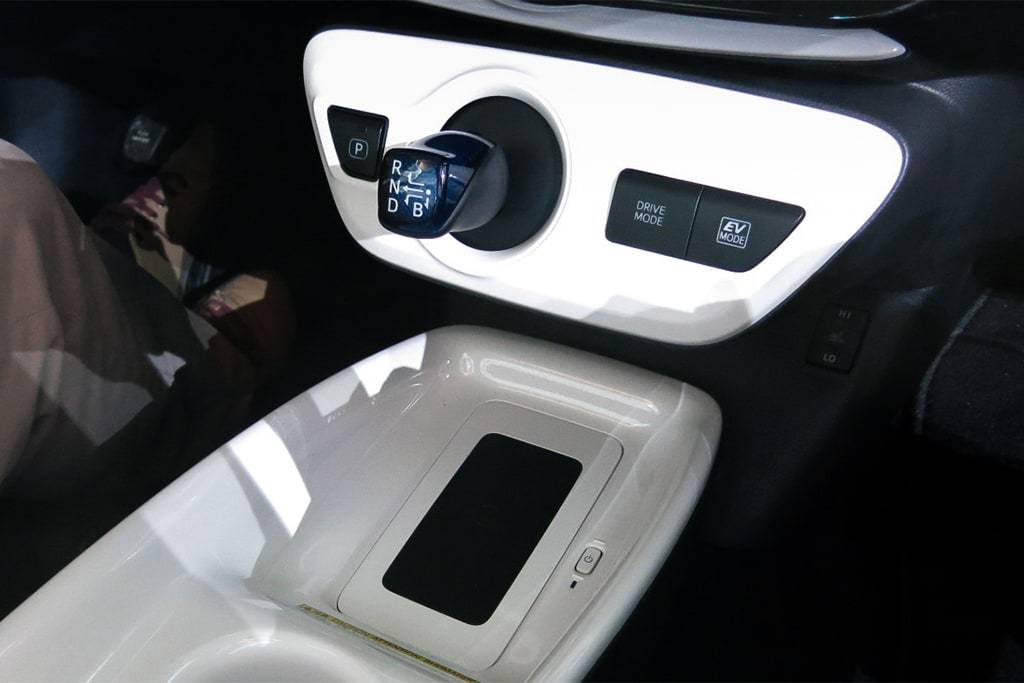
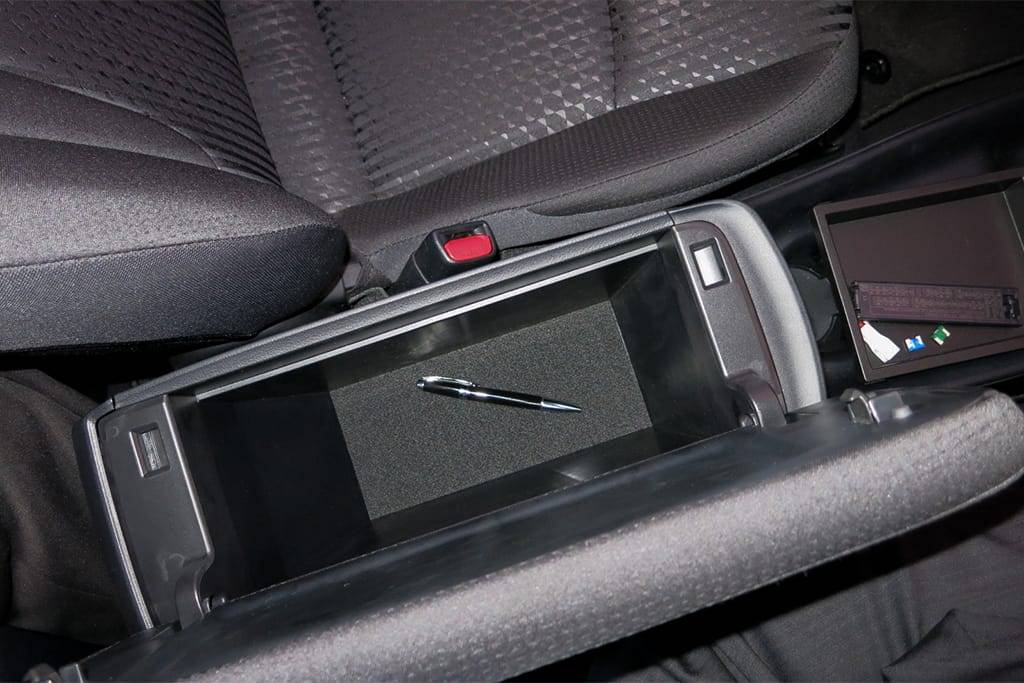
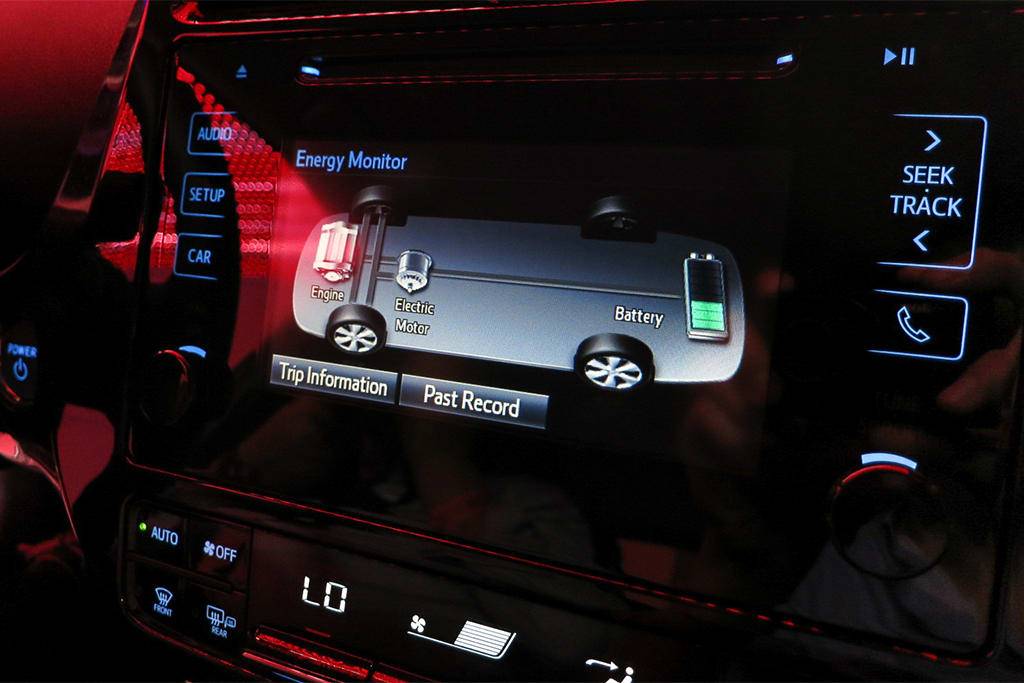
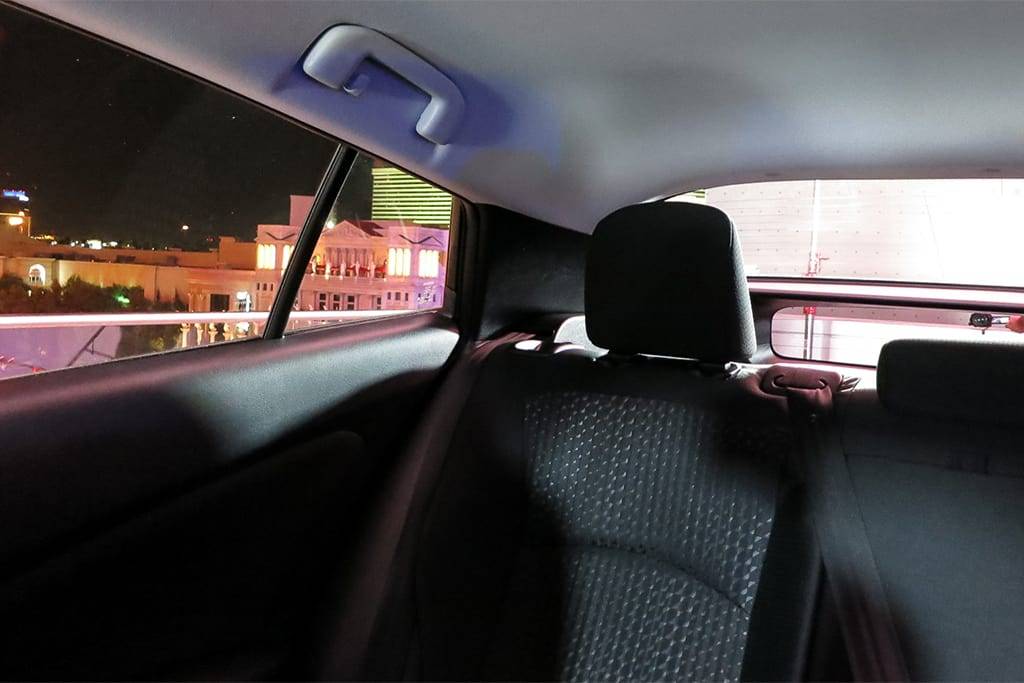

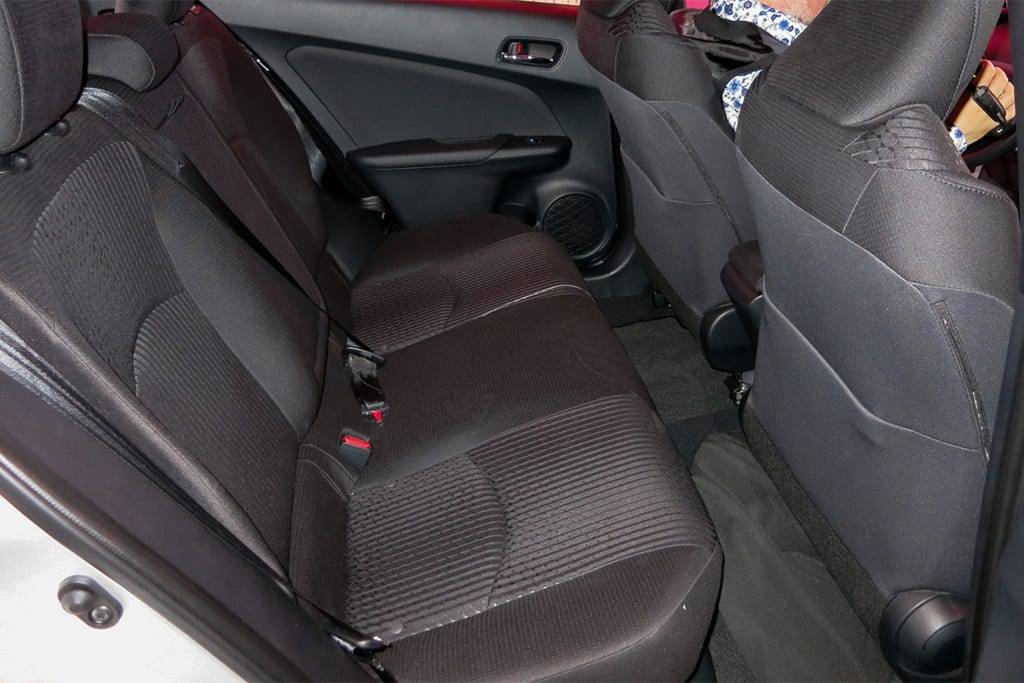




























Former Assistant Managing Editor-News Kelsey Mays likes quality, reliability, safety and practicality. But he also likes a fair price.
Featured stories






























